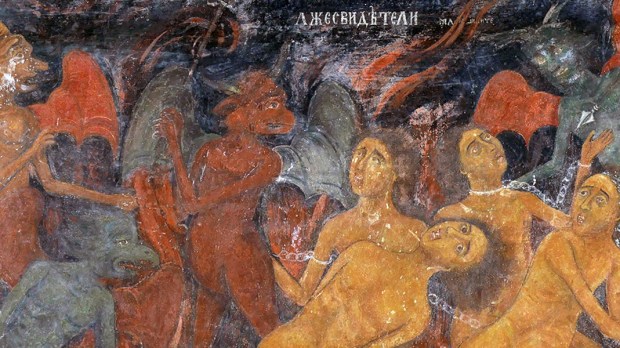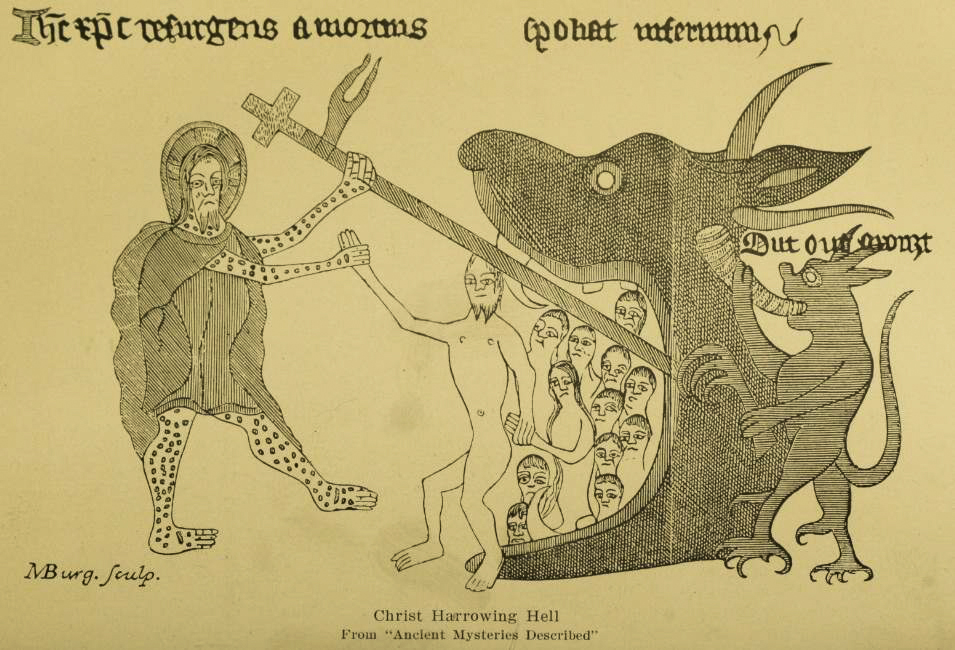Jesus said to his disciples, “If your hand causes you to sin, cut it off. It is better for you to enter into life maimed than with two hands to go into Gehenna, into the unquenchable fire” (Mark 9:43).
What is Jesus referring to? What is Gehenna?

Read more:
St. Teresa of Avila’s haunting vision of Hell
First of all, Jesus used the word “Gehenna” to emphasize the punishment to be found in Hell, the place where souls freely choose to go when they reject God and his love. The Catechism of the Catholic Church explains this briefly.
Jesus often speaks of “Gehenna” of “the unquenchable fire” reserved for those who to the end of their lives refuse to believe and be converted, where both soul and body can be lost. Jesus solemnly proclaims that he “will send his angels, and they will gather . . . all evil doers, and throw them into the furnace of fire,” and that he will pronounce the condemnation: “Depart from me, you cursed, into the eternal fire!” (CCC 1034)
The reason why Jesus uses “Gehenna” is because Jews at the time were already familiar with the word and its association with fire and “the damned.” The Catholic Encyclopedia explains the history of this word and the real-life location.
Gehenna is the Hebrew gê-hinnom (Nehemiah 11:30), or the longer form gê-ben-hinnom (Joshua 15:8), and gê-benê-hinnom (2 Kings 23:10) “valley of the sons of Hinnom.” Hinnom seems to be the name of a person not otherwise known. The Valley of Hinnom is south of Jerusalem and is now called Wadi er-rababi. It was notorious as the scene, in earlier days, of the horrible worship of Moloch. For this reason it was … held in abomination by the Jews, who, accordingly, used the name of this valley to designate the abode of the damned.
It is believed that worship of Moloch included throwing children into a fiery furnace as a sacrifice to the pagan god. This horrible scene was then associated with Hell a place of unfathomable pain and suffering.
Some scholars claim Gehenna later became a “garbage dump,” where refuse was subsequently burned. This view is frequently debated, as there exists little evidence to confirm the existence of a garbage dump at the Valley of Hinnom.
Nevertheless, the fires of Gehenna are only representative of the suffering to be endured in Hell, as the primary pain is separation from God, as the Catechism explains.
The teaching of the Church affirms the existence of hell and its eternity. Immediately after death the souls of those who die in a state of mortal sin descend into hell, where they suffer the punishments of hell, “eternal fire.” The chief punishment of hell is eternal separation from God, in whom alone man can possess the life and happiness for which he was created and for which he longs. (CCC 1035).
Make sure to visit the slideshow below to discover some of the most common representations of Hell in the history of Western Art.


